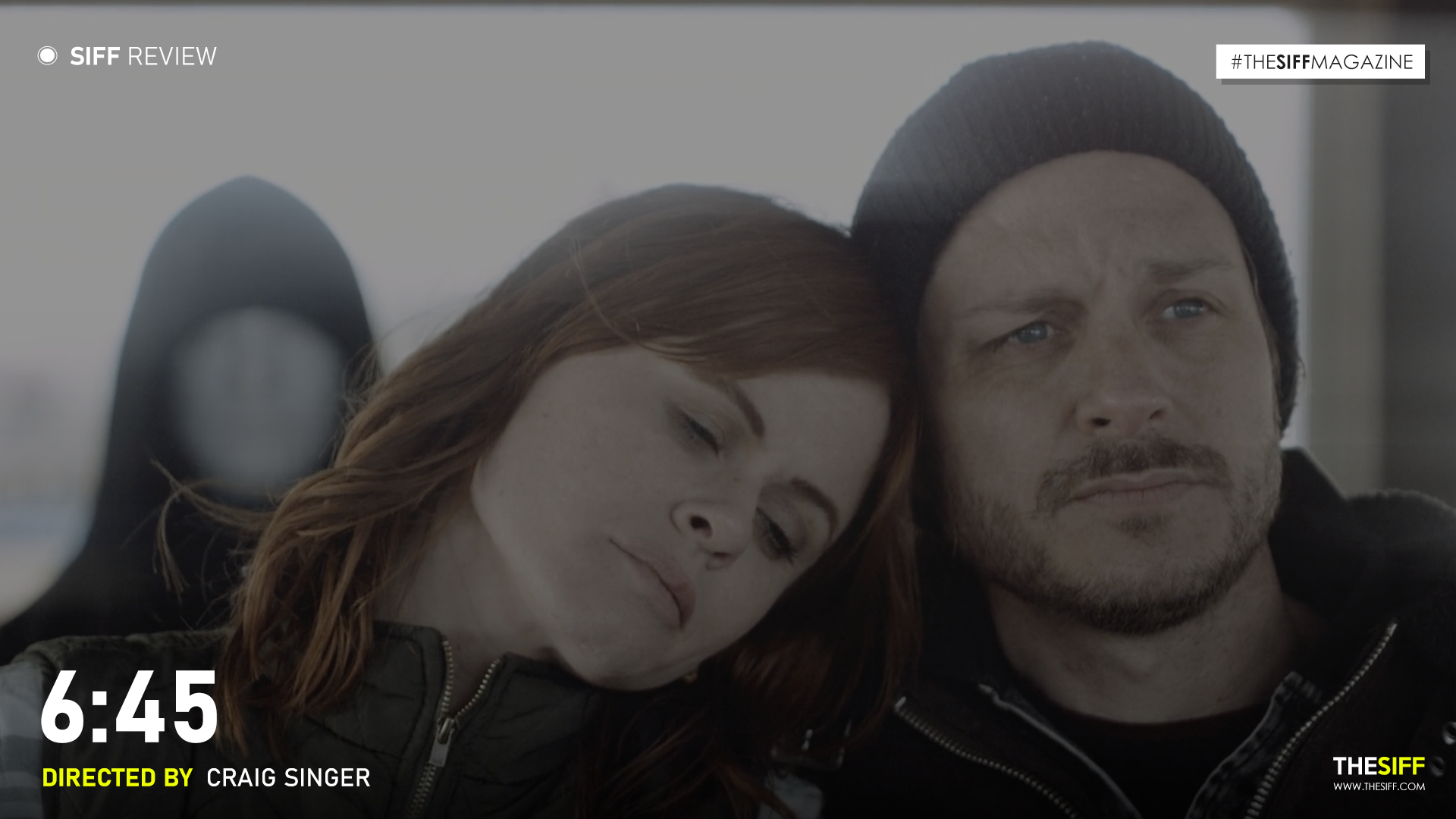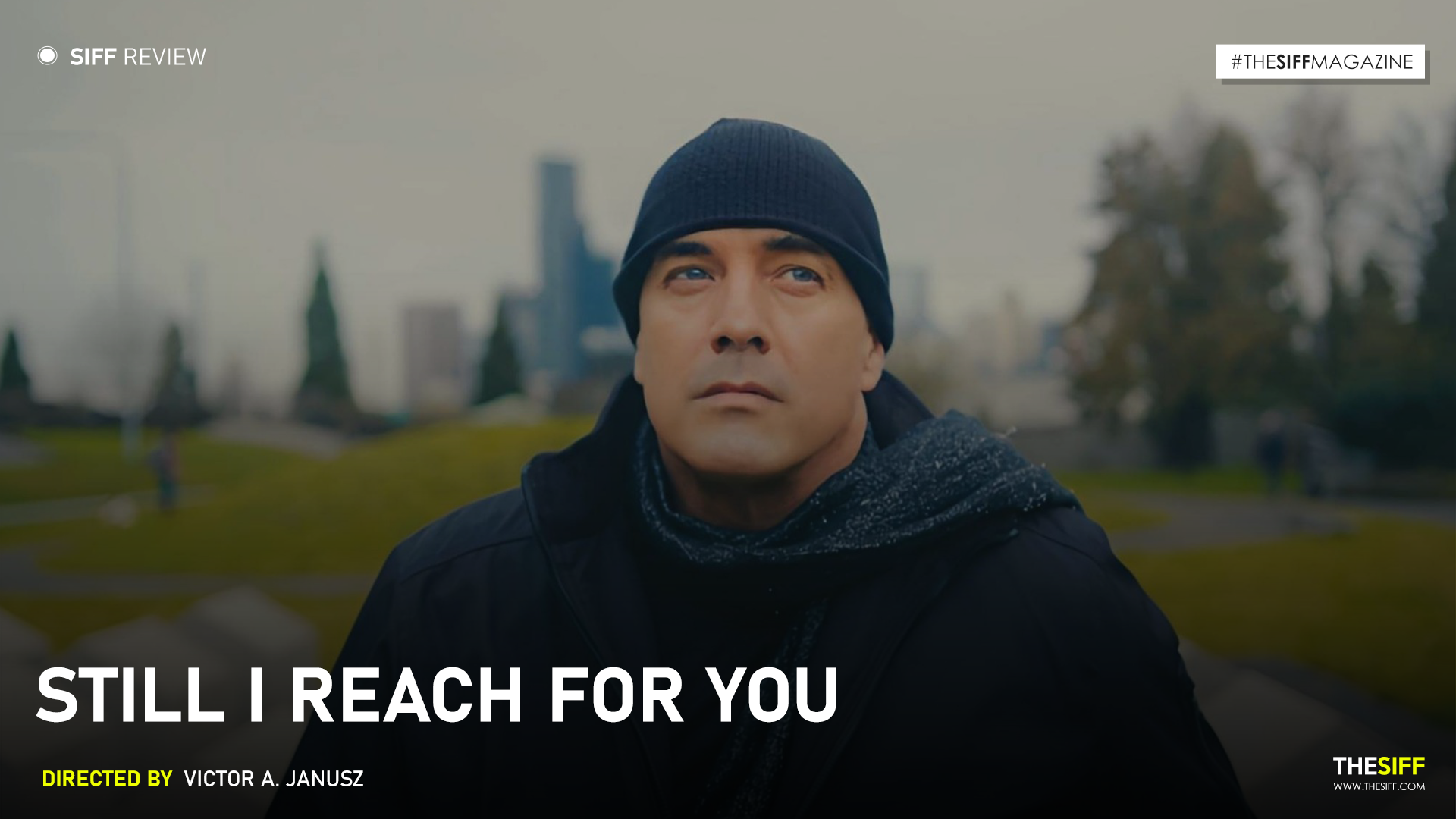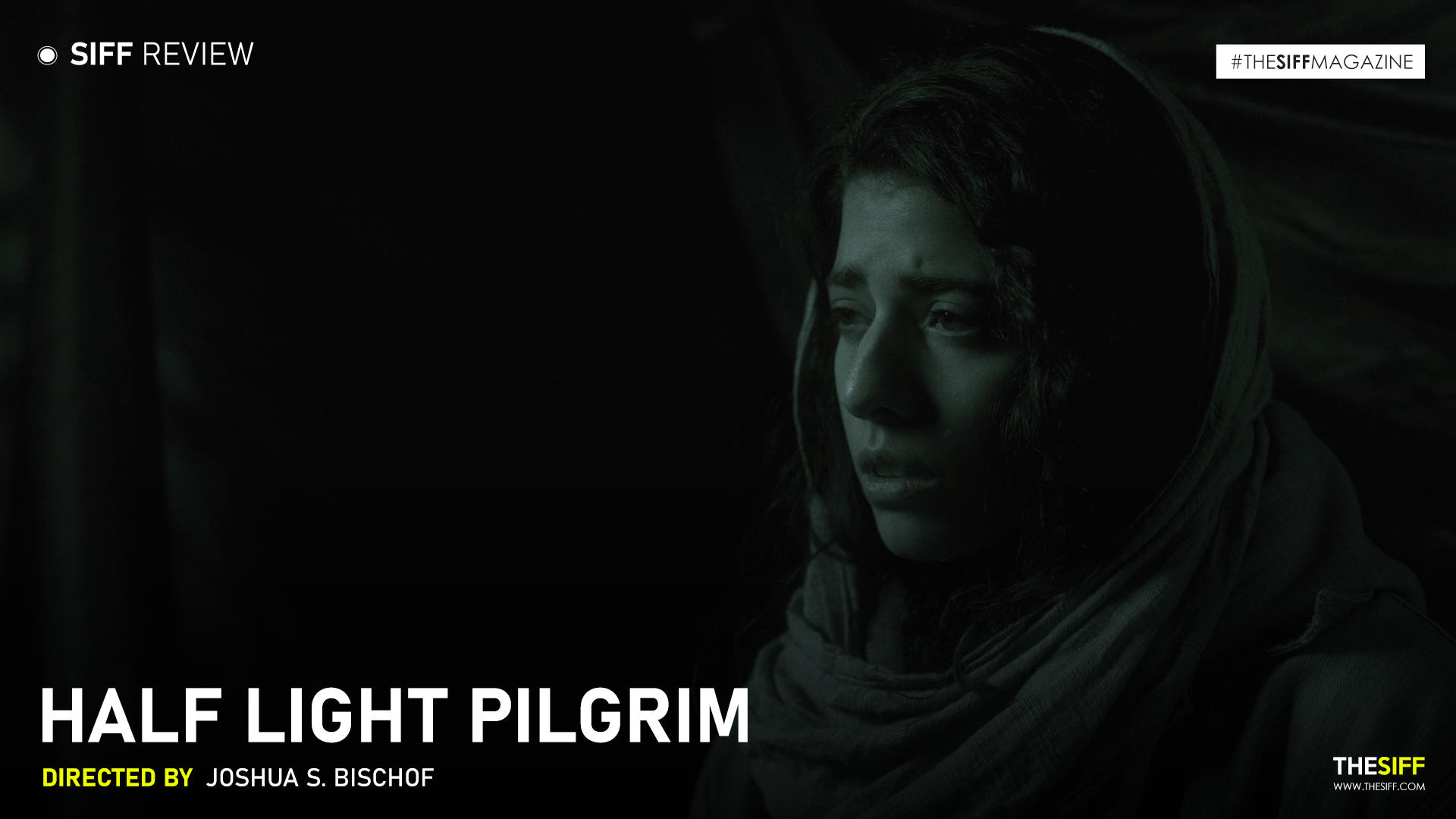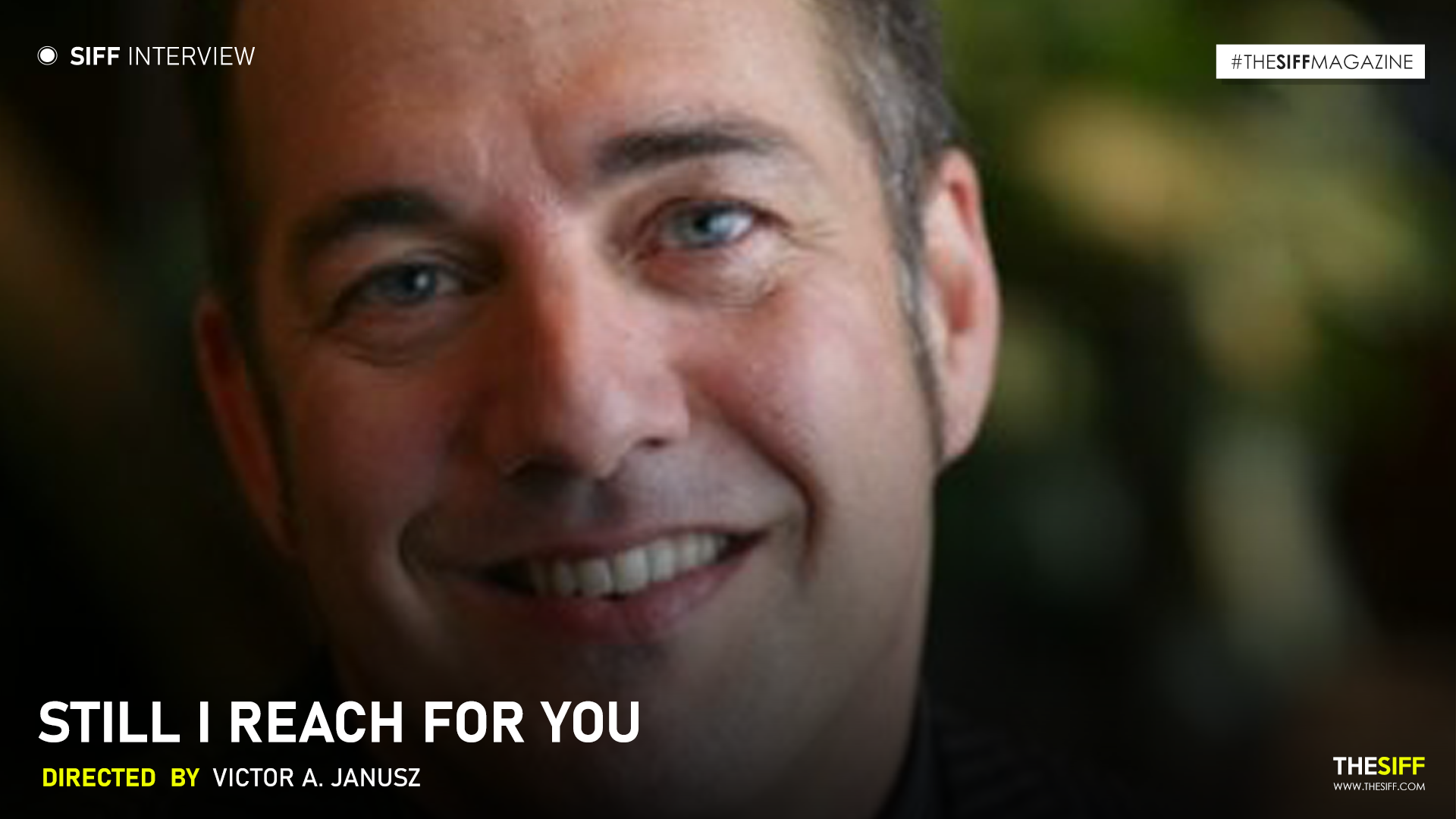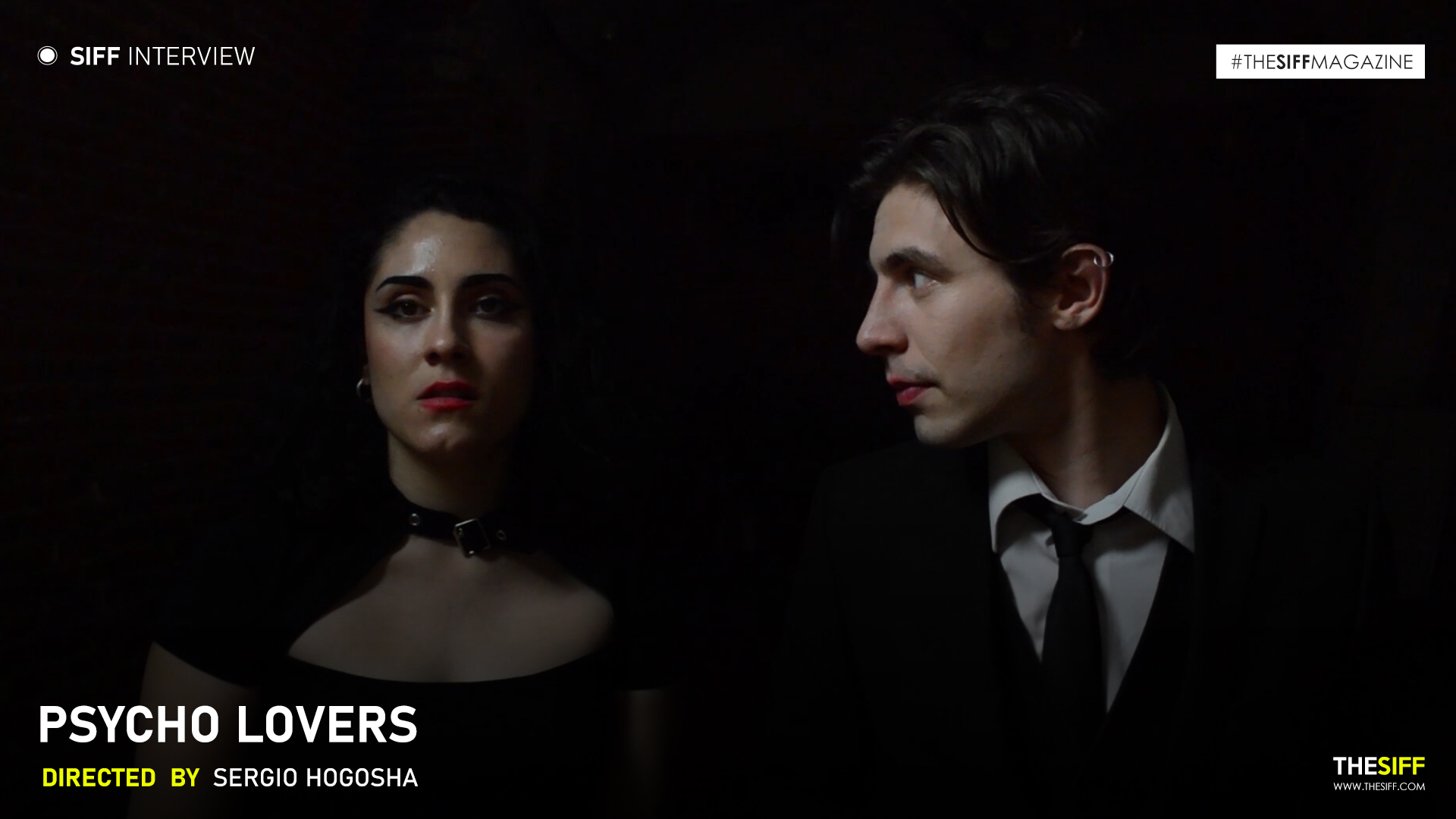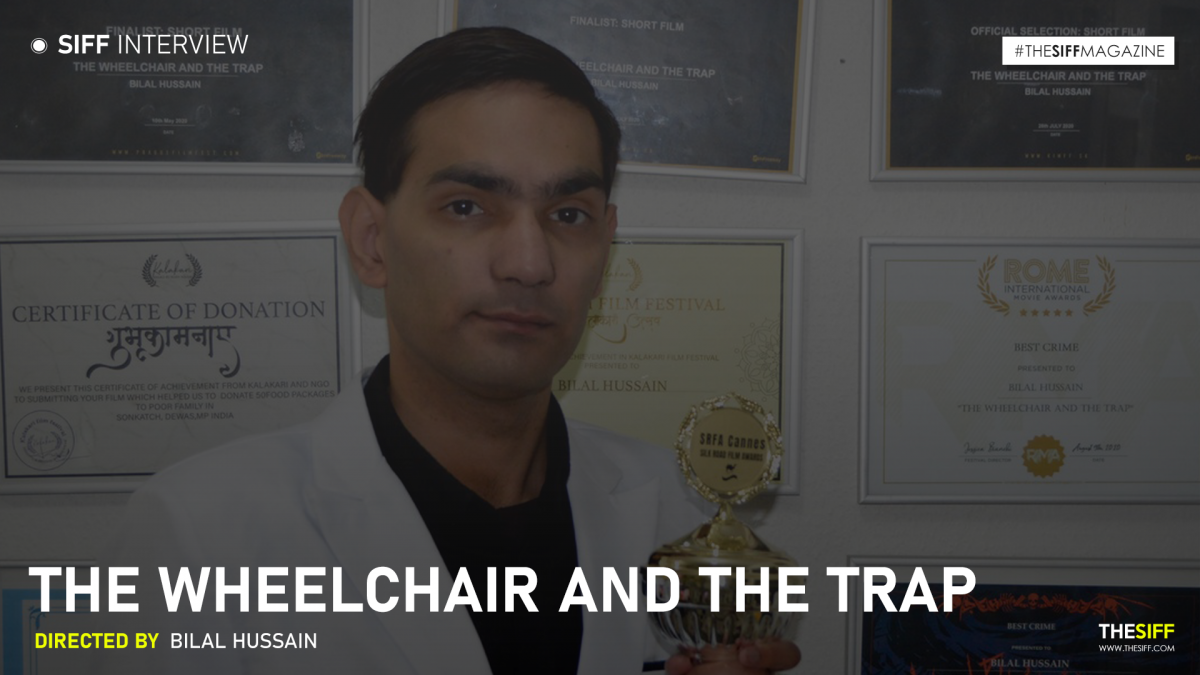
Movie : The wheelchair and the trap
Director : Bilal Hussain

Tell us something about the origin of the movie. How did you come up with the script? Was it something sudden or were you always thinking about making a movie with this story?
The movie is filmed in Esbjerg which is the sixth largest city of Denmark – I use a wheelchair myself when I have to travel for long as I have a physical disability (AAA-Syndrome) which means I am not physically strong but strong enough to walk around and do everything with breaks. I also have a few friends who sit in the wheelchair 24/7 – I taught hard, to fictionalize a story of how difficult it is to sit in a wheelchair and the thing you love the most you can’t get due to sitting in a wheelchair. This was no sudden written story – it took a long time to write and even longer time to make the whole film.
Tell us something more about the process of writing and eventually finishing the screenplay. How long did it actually take?
I was on vacation in my hometown Lahore, Pakistan when I started writing it – so, I had lot’s of time to write and rewrite but I must say it was not easy. When my vacation was over and I was back to Esbjerg, Denmark where I live, I still wrote after work because I was not satisfied with what I had written – so, in total I think it took five – six months to finish the whole screenplay.

How would you describe the eclectic mixture of characters in the movie? What was/were the thought/thoughts behind creating a pool of a number of fascinating characters?
I love electric and fascinating characters – I grew up watching films with my dad. To name a few of my dad’s favorite films “The Good The Bad And The Ugly” (1966), “Gone With The Wind” (1939) & “The Godfather” (1976) and many others. I have only seen “The Godfather” (1976) which is a superb film with superb electric characters. At the same time – I have seen many other great films over the years like “The Dark Knight” (2008) “The Departed” (2006) & “Joker” (2019) among many others which have taught me to write electric fascinating characters. When I was writing the screenplay and creating the characters – I always wanted to create unpredictable characters because then the audience is always thinking what will he/she do next or will he/she die or not. I think I can say, I have succeeded in that with the film – but I’ll actually let the audience decide.
The two central characters represent a binary. One who is Machiavellian and the other more honest and upright. Was there a specific thought behind creating the specific binary that has caused a number of intellectual tussles over the years?
Yes, I wanted to have that good cop – bad cop feeling but with an whole other level. Because we have all seen these good cop – bad cop films, there almost always the same (no offense to those films) I love writing these kinds of films because then the excitement level is turned up.
The characters you’re talking about is Michelle Pedersen (Theresa Søvig Poulsen) & Farhad Kazami (Edwin Barandarou) I wanted these characters to be different human beings so, that the storyline is gripping and unpredictable.

The ending scene is dominated by the trope of vengeance perhaps insinuating a second part to the movie. What role does vengeance play in the movie? Would it play a more central role in the next one?
I am not sure there will be a second part – like you many people have asked so, at the moment there are no ideas but I have thought of a feature film or a mini-series in the same universe and storyline.
I think, vengeance plays a small part because the film is more about the difficulty in a wheelchair – it also depends how the audience sees the film. If I create a feature or a mini-series, I might turn into to more vengeance storyline. Let’s see – honestly, I do hope HBO, Amazon Prime or HULU calls to make a mini-series. It would be great.
There are two stories told in the movie. The first about a direct tussle and another about personal dynamics. How difficult was it for you to retain the balance between the stories and not let one part dominate another?
It depends how the audience see the dynamic of the storyline – it was difficult because I didn’t want to make a full-on action film. Where both sides killing each-other. Again, over the years and still now I have seen many films but few years back films were made by heart and not with so much money – I love “The Departed” (2006) Mr. Martin Scorsese, created a balance between Mr. Matt Damon & Mr. Leonardo Dicaprio’s characters. Which I learned from and tried to do the same. It worked but I can do even better in the feature. Mr. Martin Scorsese, Matt Damon & Leonardo Dicaprio to name a few are my idols and specially Mr. Martin Scorsese because he is a genius when it comes to gangster-mob films and many others. I love to work with him one-day soon.

What is the significance of CGI in cinema today? Do you think in time it would become a necessity for every storyteller in some way or the other?
I think CGI has taken extremely over the creation of cinema – there are way to many CGI films from Marvels, DC Comic’s and more. (I am not so found of these films) I think, I am more into the old days filmmaking where they actually blow up a car or like the “James Bond” films. For instant’s in The Godfather (1976) where they made the shootout at the check-point in the last end of the film – I think I remember, great scene – also, Mr. Christopher Nolan blowing up a car in “The Dark Knight” (2006) and in the background we see Joker cards flying down. I hope CGI doesn’t take over the creation of cinema, I really hope films are made like the old days. As an indie filmmaker, I am forced to use CGI for shootout in this film “The Wheelchair And The Trap” (2020) but if I were in Hollywood, I would have done the shootout in an whole other way with the help of the VFX guys.
What is your impression of the performances in the movie?
I think all the performances are great in the film.

How important is it for the technical aspects to stay in sync with the vision of the director?
It’s important for the camera-man to fallow the directors vision, he/she should make the angles and the footage the way the directors want’s it but also come with his/her own ideas.
At the end, it is the director who has the last say when it comes to the angles and footage because the director know’s the vision of the film he wants the audience to see.
You have shown an initially severed relationship between a mother and a daughter that finds some kind of catharsis towards the end. It adds a different layer to the movie. Tell us something more about it?
Yes they do, this idea was there from the beginning of the writing process – because, we see Michelle Pedersen (Theresa Søvig Poulsen) focused on her work and less about herself – later in the film, we see the mother (Yvonne Andersen) who is trying to help her daughter and at the end we also understand why the two characters have tension as the mother (Yvonne Andersen) have kept a secrete from her daughter. I think this idea really worked – the actresses loved it and I think so, has the audience and festivals like yours as well.

